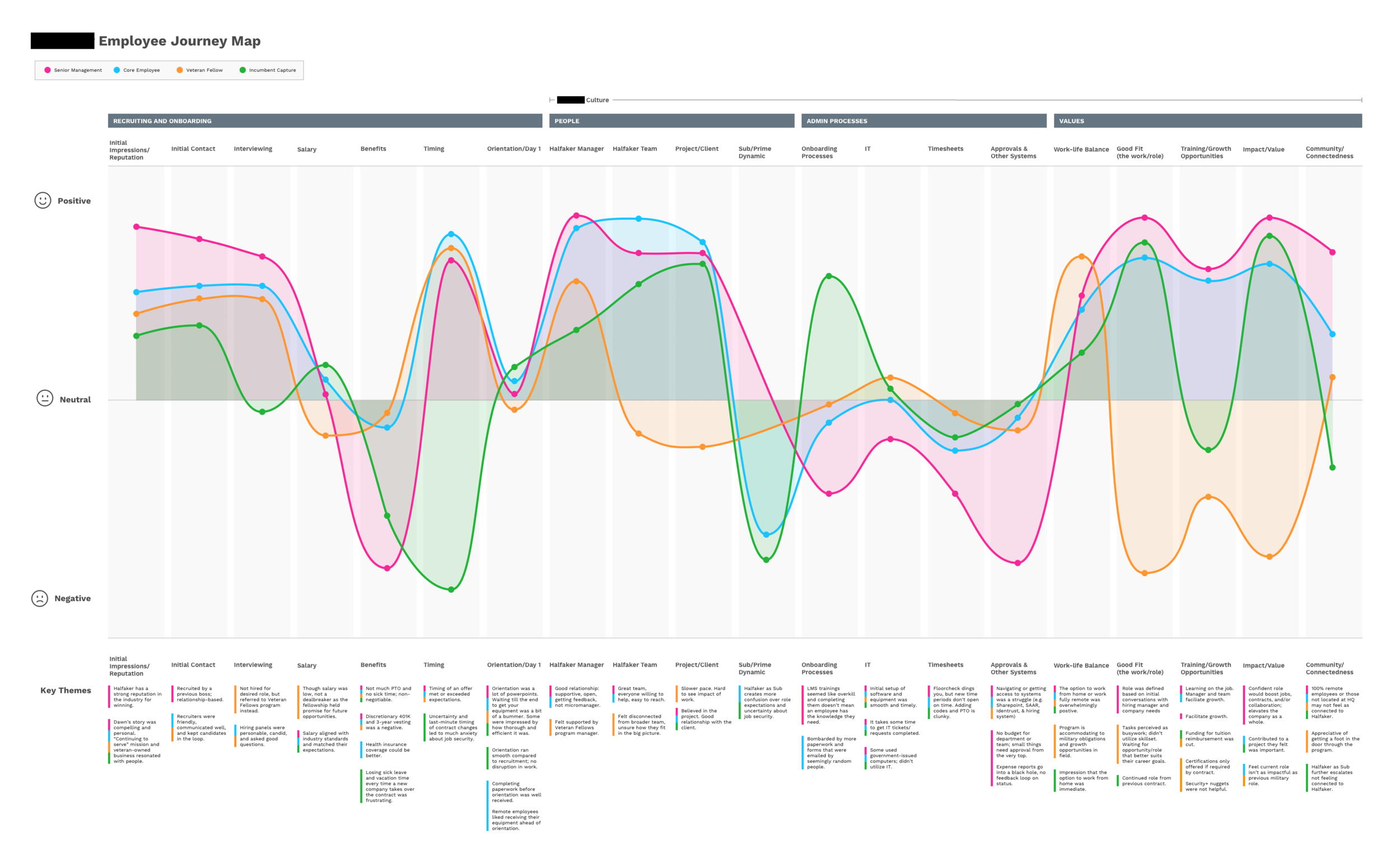Public Assistance is FEMA's largest grant program, but the delivery process hadn't changed in more than ten years. Graphics were developed to explain the "why" behind recent restructuring of the process, and to provide applicants an overview of what to expect going forward.
The team from the program office had spent more than a year conducting research, focus groups, data analysis, and diving into lean management techniques. After sitting in on two week-long trainings for their subject matter experts in field offices, I honed in on the major themes and messages the team wanted to communicate. They wanted to show how the current way of doing things was broken, and how the new way would resolve the largest pain points for both external customers and internal staff. Ultimately the changes would streamline and make the process more efficient, getting grant dollars to communities faster to recover after a disaster.
The visuals compared number of projects, grouped into three sizes, and the distribution of grant dollars in each category. 93% of projects were small, and only 1% were extra large. But 54% of total grant dollars were distributed to extra large projects, while small projects received 20% of total grant dollars. The data revealed that triaging projects by size and complexity could lead to more efficient processing.
These visuals, among others, were presented to Congress, at industry conferences, and staff trainings. Senior leadership remarked that the visuals enabled them to effectively establish a baseline of understanding with very mixed audiences, and get buy-in for the changes.



































